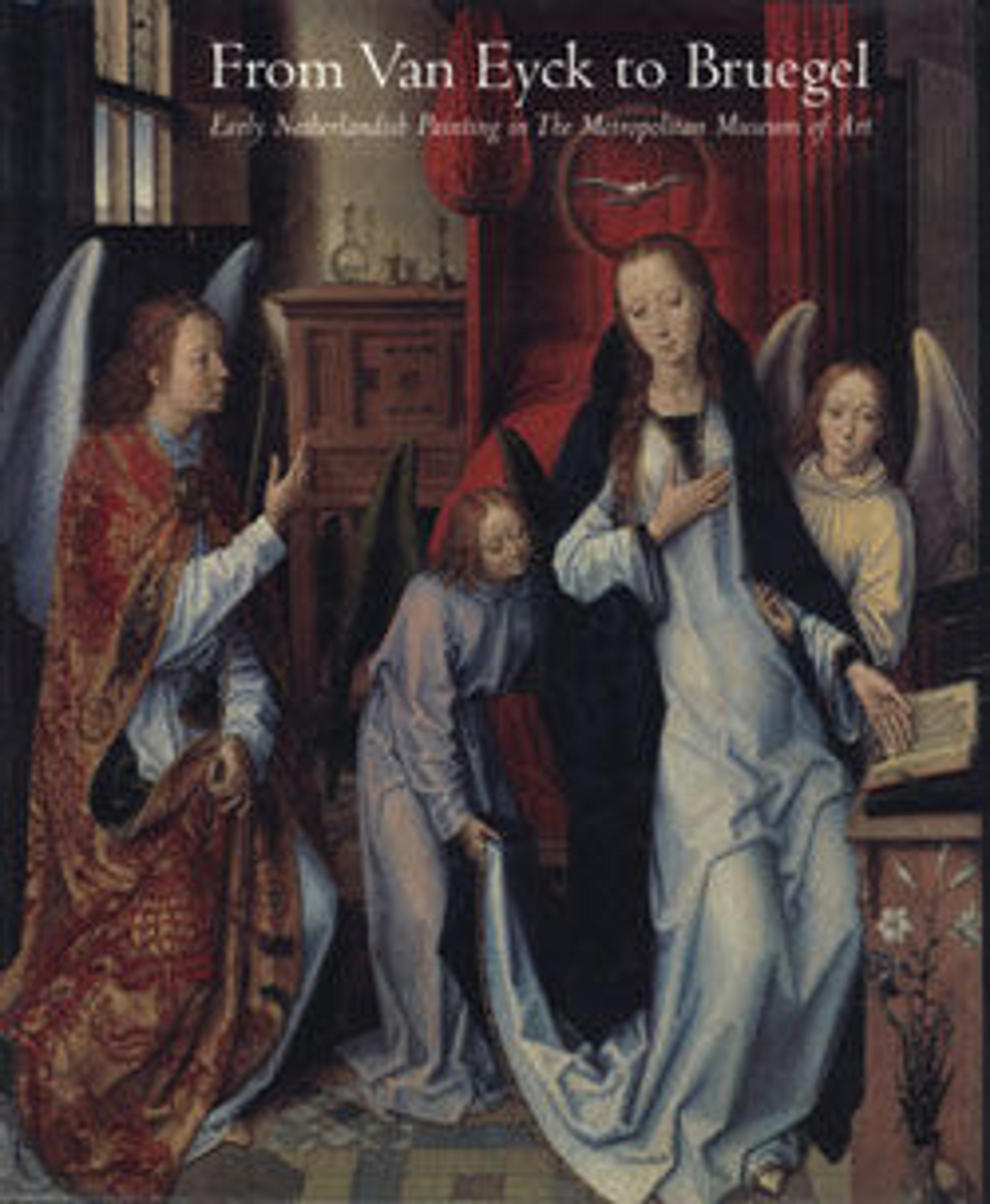The Crucifixion with Donors and Saints Peter and Margaret of Antioch
Cornelis was the leading painter in the Dutch city of Leiden in the early sixteenth century. This strikingly symmetrical Crucifixion from his workshop combines piety and dramatic energy, pushing emotional effects to an extreme. The figure of Christ is isolated against the darkened sky; his tormented, lifeless body is flanked on either side by the crucified thieves, whose forms are contorted in agony. While the mourning Virgin echoes the posture of her son, indicating her empathic suffering, Saint John gazes up in grief at Christ. The two unidentified donors, probably husband and wife, are physically close to the scene but psychologically detached from it.
Artwork Details
- Title: The Crucifixion with Donors and Saints Peter and Margaret of Antioch
- Artist: Workshop of Cornelis Engebrechtsz (Netherlandish, ca. 1460/62–1527)
- Date: ca. 1525–30
- Medium: Oil on wood
- Dimensions: 24 1/4 x 35 1/4 in. (61.5 x 89.5 cm)
- Classification: Paintings
- Credit Line: Gift of Coudert Brothers, 1888
- Object Number: 88.3.88
- Curatorial Department: European Paintings
More Artwork
Research Resources
The Met provides unparalleled resources for research and welcomes an international community of students and scholars. The Met's Open Access API is where creators and researchers can connect to the The Met collection. Open Access data and public domain images are available for unrestricted commercial and noncommercial use without permission or fee.
To request images under copyright and other restrictions, please use this Image Request form.
Feedback
We continue to research and examine historical and cultural context for objects in The Met collection. If you have comments or questions about this object record, please contact us using the form below. The Museum looks forward to receiving your comments.
